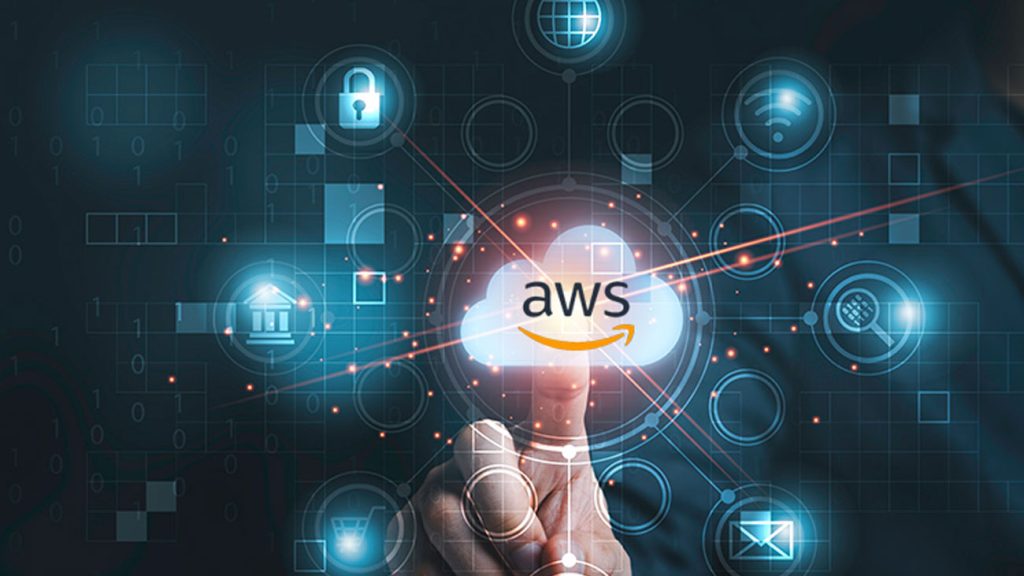In this short series, I outline the notes that I took while preparing for the AWS Cloud Practitioner exam.
These are my personal notes that I have made while working through the A Cloud Guru exam practitioner course. They are in no way official notes from AWS.
I would advise you that if you do use my notes to help you revise for this exam, that you use them as a supplement to the most recent information in the White Papers, Exam Guide and go over your knowledge with practice exam papers.
Previous notes within this blog series:
- Cloud Computing and the Topics To Cover
- AWS Global Infrastructure
- AWS Cost Management
- Identity Access Management (IAM)
- Simple Storage Service (S3)
- CloudFront
- Elastic Compute Cloud (EC2)
- Roles
- Load Balancers
- Databases
- Domain Name System
- Elastic Beanstalk
- CloudFormation
- Architecting for the Cloud Best Practices: Part 1
- Architecting for the Cloud Best Practices: Part 2
- Global and On Premises AWS Services
- CloudWatch 101
- Systems Manager
How AWS Pricing Works Whitepaper
Must read whitepaper before the exam!
Basic Pricing Policies
- Pay as you go
- Pay less when you reserve
- Pay even less per unit by using more
- Pay even less as AWS grows
- Custom pricing
Pricing Policies
- Understand The Fundamentals Of Pricing
- Start early with cost optimization
- Maximize the power of flexibility
- Use the right pricing model for the job
Understand The Fundamentals Of Pricing
- Three fundamental drivers of cost with AWS:
- Compute
- Storage
- And Data Outbound
Start early with cost optimization
- Put cost controls in place before your environment grows
- Managing cost effectively from the start ensures that managing cloud investments doesn’t become an obstruction as you grow and scale
Maximize the power of flexibility
- AWS services are priced independently and transparently
- By using PAYG, it allows you to just focus on your environment
- Don’t pay for them when they’re not running
Use the right pricing model for the job
- AWS offers several pricing models depending on product. These include:
- On Demand
- Dedicated Instances
- Spot Instances
- Reservations
Free Services
Free usage tier is available for new AWS users to practice using selected services for up to one year. The following services are free:
- Amazon VPC (a virtual data center in the cloud)
- Elastic Beanstalk (but the resources provisioned aren’t free)
- CloudFormation (but the resources provisioned aren’t free)
- Identity Access Management (IAM))
- Auto Scaling
- Opsworks (but the resources provisioned aren’t free)
- Consolidated Billing

